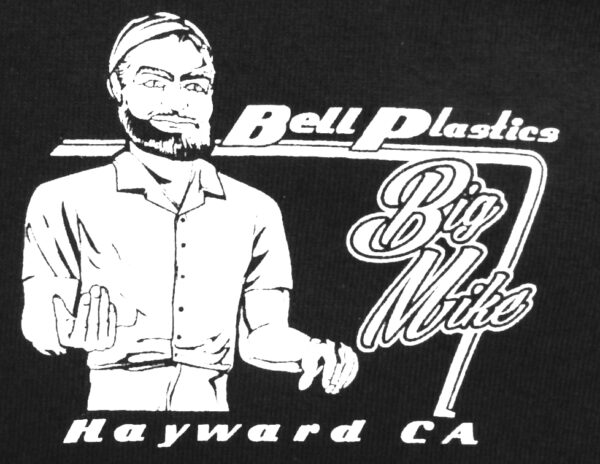Vacuum Forming
Vacuum forming is a process of changing plastics from one shape into a different shape. It involves heating a piece of plastic until it becomes soft and pliable. Then the pliable plastic is pulled over a mold. Vacuum remove the air between the plastic and the mold allowing the plastic to conform to the mold.
You have to use a thermo plastic such as ABS, acrylic, polycarbonate or styrene.
Thermo sets are a group of plastics that are not vacuum form-able. G10, phenolic and FR4 are thermo sets.
Some plastics like Delrin and Teflon out gas when heated and are very dangerous to vacuum form or even heat.
Molds
Vacuum forming is extremely versatile because there are so many types of thermo form-able plastics. Each plastics comes with their own mold requirements such as different shrink rates. The shrink rate is the amount the plastic shrinks when it cools. The higher the temperature the more it will shrink. Some plastics have two different rate depending on how it was made.
Some plastic like ABS and styrene are very easy to mold. Because they are easy to form you can some time less expense molds, like wood. Other plastics such as polycarbonate are more difficult to form and require better mold, like aluminum.
Some high production mold require water coloring.
What are the advantages of vacuum forming?
- Vacuum forming has one of the lowest costs as far as tooling and set-up, especially compared to rotational or injection molding.
- Depending on molds and materials, a very high level of detail can be obtained with vacuum molding.
- We can thermoform small runs or large runs, allowing us to easily produce prototypes and make adjustments before doing large runs.
- Vacuum forming can be done with a huge variety of materials in a wide range of sizes, from very small parts to very large ones.
Vacuum Formed PETG
Hi,
Ten years and still going strong. Bell Plastics has made our vacuum forming tools and vacuum formed the part. Then they machine and assembled the finished parts. Including making the name stainless steel plate and silk screening our logo on.
Arron
Skimpak
Types of vacuum forming
Low presser vacuum forming,
Inline vacuum forming used to make thin parts like coffee cup lids.
High presser forming, vacuum with added presser air.
Twin sheet vacuum forming, used to make hollow parts.
How do I know if vacuum forming is right for my project?
Ask us! Consultation is free and we can tell you right away whether vacuum forming is the best process for the job.
What you can expect from your vacuum-forming request:
- Cost will vary depending on material cost. We’ll help you find the right material for your project and your budget. If you know exactly what materials you want to work with, include that in your request.
- Molds are a substantial part of the cost of any vacuum forming project. If your project requires a custom mold, that cost will be included in your price quote. *Beware of the ‘make your own mold’ sets on the market! Some are great for some projects, but we’ve seen many of these molds crumble, break or deform in the vacuum former, sometimes in very dangerous ways. If we look at your mold and say we can’t work from it, we’re protecting both your project and the safety of our workers.
- Your quote will include the man-hours that we estimate that your project will take. If you need a consultation with one of our materials engineers that will be taken into account. We also take into account what kind of finishing, including trimming, polishing, or other touches that your project will require. If you plan to do the final finishing yourself, let us know!
- Turnaround time on projects depends on a number of factors including availability of materials, scheduling, and manpower available.
- The more information you can give us about your project, the more complete and accurate your quote will be. Email us using the contact form to the right of this page, and we’ll respond usually within 24 hours. Have images or CAD files for us to look at? Send them directly to Bruce@Bellplastics.com










